Sitges, about 30km south of Barcelona, is a town widely known in Spain for its beaches and parties. The story of Sitges starts back in 4th century, when there was a human settlement in the Iberian Peninsula. Its name was given after the Sitges family, who took over the town in the 12th century after the count Mir Geribert. Sitges’ economy was based primarily on the wine production, until the 1960’s post-war economic boom, when it became a major touristic location.
Find your accommodation now!
About the story of Sitges
Ubication and infrastructure
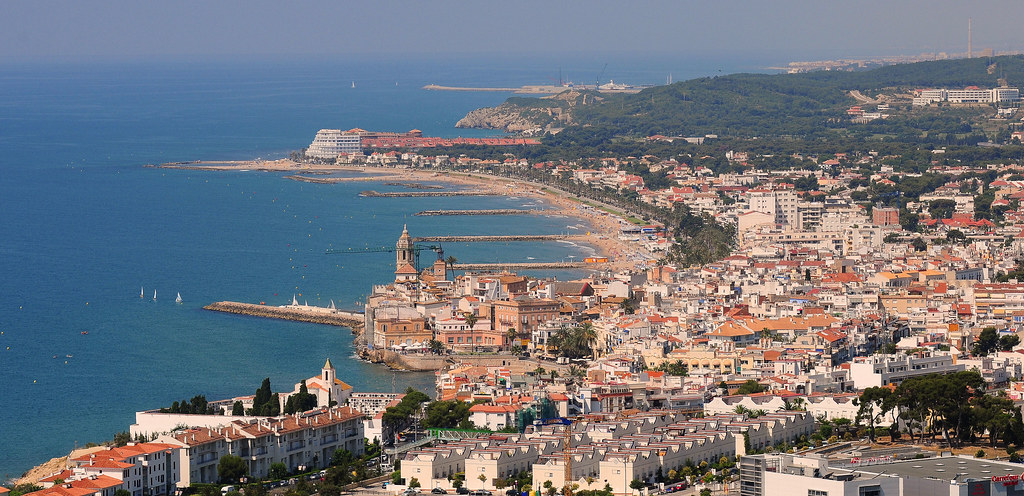
Located on the Mediterranean coast, Sitges has 17 beaches that enjoy a mild and temperate climate. It is surrounded by the Garraf’s Park mountains, which makes its climate unique. It is over forty-four square kilometers that are home to twenty-eight thousand inhabitants. Thirty-five percent of its population counts with foreigners, mainly from The Netherlands and United Kingdom; whose children attend international schools nearby. The story of Sitges tells that the infrastructure is very tourism oriented. It has three marinas, being the city with most marinas in Spain. During the past years, economic activities have disappeared, giving priority to the tourism market of the region. Besides tourism, some of the economy is based on fishing, due to its geographic location.
History and culture
As a place that has an old historical background, Sitges still has many historical sites. During the Middle Ages, a castle was built in Sitges, by the bishopric of Barcelona; which later ceded it to count Mir Geribert. In the 12th century the town fell under the rule of the Sitges family. The latter held it until 1308, when Agnes of Sitges sold the town to Bernat de Fonollar; after whose death it went to the Pia Almoina, a charitable institution, to which it belonged until 1814.

One of the most popular one is the Iglesias de Sant Bartomeu I Santa Tecla, the church know as “La Punta” or “The Tip” for its location on the edge of a coastal hill. Its was built in the seventeenth century and carries a mixture of a Baroque and Renaissance style. Sitges’ economy was mostly base on the production of wine until the economic boom of the 1960s, after which it became a tourist resort.
Moreover, in the year 1958, political leaders (Liberals and Conservatives) from the country of Colombia met in Sitges and signed a peace treaty; the “Declaration of Sitges”, instituting a consociationalist democracy in Colombia and creating the National Front.
Events and celebrations
Throughout the year, Sitges hosts many events that attract people from all over the world. The most famous ones are the Sitges Film Festival – a Catalan film festival that has its foundation in 1967 – and Carnival, the religious holiday that attracts over 250,000 people during its week.

With large avenues and narrow streets, Sitges is a charming small town. Some streets in the center of the village have exclusive pedestrian and bike access, making a perfect location for a walking tour. To get around the city the easiest way is to walk, since its dimension allows it; and for further points like the Playa del Muerto, to make your way with a taxi. Sitges disposes of a train station with straight trains to and from Barcelona, which makes it accessible for a day trip during your stay in the Catalan capital.
Practical information
How to get to Sitges?
- Address: Sitges, 08870, Barcelona
- BUS: Take the Monbus from Ronda Universitat to Sitges (this bus will pass through the airport T-1)
- TRAIN: Take the R2S train from Barcelona Sants in the direction of VincenÇ De Calders
- CAR: Take the B-20 out of the city center and join the C-32
 Barcelona-Home
Barcelona-Home
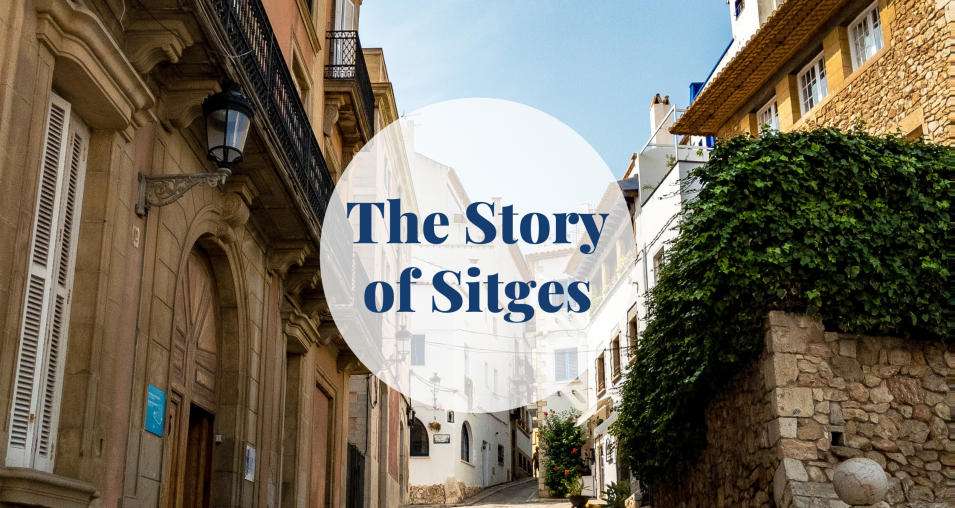

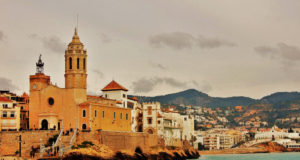
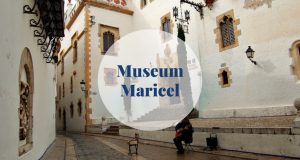

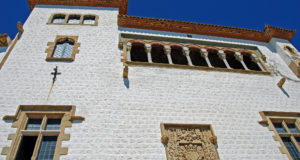
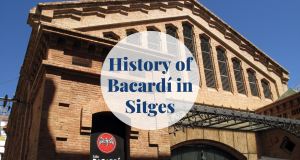

Interesting!
I’m glad that you like it! Did our article encourage you to visit Sitgets? Remember that Barcelona-Home team can help you in finding the perfect accommodation. To get more information you can contact us directly or take a look at our webpage: barcelona-home.com/en.